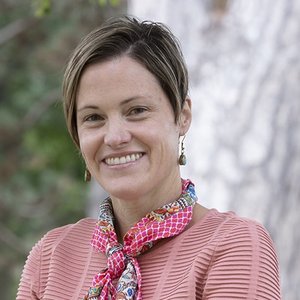LIN13: CNY Spanish Linguistics
About
The CNY Spanish Linguistics Working Group seeks to provide a space for faculty and students in the CNY region to develop and foster new initiatives in Spanish Linguistics and to develop common ways to expand and implement the study of our discipline.
Open to New People
Active since: 2020
- Syracuse University
- Hobart & William Smith Colleges
Collaborative Goals
Our Working Group's aims were to share the latest trends in bilingualism studies with linguists at institutions in Central New York and the rest of the country. We held two asynchronous conferences and hybrid roundtables to date where internationally renowned speakers presented on the following topics:
Event 1: Spanish in the US - Embracing heritage Spanish and its place in language education in the US; The benefits of dual immersion for Spanish development; Language rights and cultural activism; and Confronting white supremacist ideologies of language.
Event 2: Approaches to Hispanic Linguistics in the US - Pragmatics and discourse analysis, second language acquisition, and multilingualism and code-switching.
The events were well attended and sparked interesting and important discussions and collaborations. Attendees and presenters alike left with a broader understanding of the state of bilingualism and Hispanic Linguistics in our country today, as well as the areas that need to be addressed further.
Group Organizers



Activities
Gender Inclusive Spanish
April 20, 2023, 1 p.m.
Approaches to Hispanic Linguistics in the US
Oct. 14, 2022, 2 p.m.
Spanish Language and Identity in the US
April 1, 2022, 2 p.m.
Group Outcomes
Our working group expanded your collaborative network, by reaching out to new institutions and establishing new partnerships. Our working group engaged undergrad and graduate students in your activities. Our working group experimented with different forms of engagement with the audience taking advantage of the asynchronous and synchronous and virtual/in person activities.